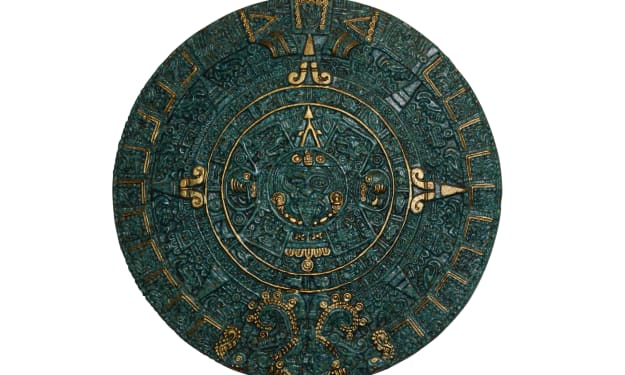Planetary Birth, Near Earth
Spotted 200 light years away - it's really in our back yard, universally speaking

Analysis of images six years apart (2016, 2021) suggest to astronomers that a 10 million year-old star has planets forming in its surrounding dust rings.
The latest images were taken of the TW Hya disk taken with the Space Telescope Imaging Spectrograph (STIS) on the Hubble Space Telescope.
Researchers compared the images with those taken by Atacama Large Millimeter Array (Alma) in 2016.
TW Hydrae
TW Hydrae is a T Tauri star approximately 196 light-years away in the constellation of Hydra (the Sea Serpent). TW Hydrae is about 80% of the mass of the Sun, but is only about 5-10 million years old. The star appears to be accreting from a face-on protoplanetary disk of dust and gas, which [was first] resolved in images from the ALMA observatory. TW Hydrae is accompanied by about twenty other low-mass stars with similar ages and spatial motions, comprising the "TW Hydrae association" or TWA, one of the closest regions of recent "fossil" star-formation to the Sun. (Wikipedia)

TW Hya has been known to be variable by ∼20%–30% in the visible spectrum on periods close to ∼3 days.
The disks are aligned at roughly 90 degrees to the line of sight from Earth, so presenting an ideal heliocopter (sic) view of the system.
The 2016 images
The set of images taken in 2016 uncovered shadows on the disks surrounding the young star, which astronomers interpreted as an inner disk tilted relative to an outer disk, blocking the light from their host.
There had been much discussion about shadows in the images with mis-aligned discs and what these might mean, perhaps caused by the early stages of formation of a planet.
The latest research
In the analysis of the 2021 Hubble images, this is what the researchers reported in The Astrophysical Journal concerning the shadow observed in the 2016 images:
We continue to see the shadow moving in a counterclockwise fashion, but in these new images the shadow has evolved into two separate shadows, implying a change in behavior for the occulting structure. Based on radiative-transfer models of optically thick disk structures casting shadows, we infer that a plausible explanation for the change is that there are now two misaligned components of the inner disk.
Based on limited modelling of the 2016 and 2021 data, the researchers conclude that the explanation is most likely to be two inclined discs around the star as compared with a single disc originally inferred from the 2016 data.

The above image shows a comparison between the 2021 Hubble STIS image of the TW Hya disk (upper left) compared to different models.
The presence of multiple tilted rings is highly suggestive of multiple planetary companions in the innermost regions of the TW Hya disk. (The Astrophysical Journal ibid.)
The analysis of the shadow variability (orbital period) further suggests that the two planets may be the distance of Jupiter from the Sun (~778 million kilometres).
John Debes, European Space Agency post-doctoral researcher at the Space Telescope Science Institute in Baltimore, was the lead author on the paper. In discussion of his findings with NASA, he said:
"When I first looked at the data, I thought something had gone wrong with the observation because it wasn't what I was expecting. I was flummoxed at first, and all my collaborators were like: what is going on? We really had to scratch our heads and it took us a while to actually figure out an explanation,".
Conclusion
The fortuitous alignment of the TW Hya system is providing astronomers with a superb laboratory to study planetary accretion from dust rings, if the research holds up.
The data suggests that the two shadows rotate around the star at slightly different rates so it is thought that two unseen planets are pulling dust into their orbits leading to observable changes in the system over short periods of just a few years.
According to the lead author:
This is right in line with typical solar system style architecture,
Timescales are a frustration to stargazers (as to paleontologists) and so short time-scale change observability is exciting.
The search for other systems which show later-stage planetary birth will continue, but the likelihood of finding another suitably aligned and similar system is low at best.
The Hubble observatory continues to deliver tremendous value for money after 32 years and counting. And now we have the James Webb Space Telescope to add to the huge amount of data that is accreting.
At the latest count, NASA is reporting the identification of over 5,330 exoplanets.

And now we have a live insight into the birth process.
***

My techno-thrillers are available at my Gumroad bookstore. Also at Amazon and Apple
About the Creator
James Marinero
I live on a boat and write as I sail slowly around the world. Follow me for a varied story diet: true stories, humor, tech, AI, travel, geopolitics and more. I also write techno thrillers, with six to my name. More of my stories on Medium






Comments
There are no comments for this story
Be the first to respond and start the conversation.